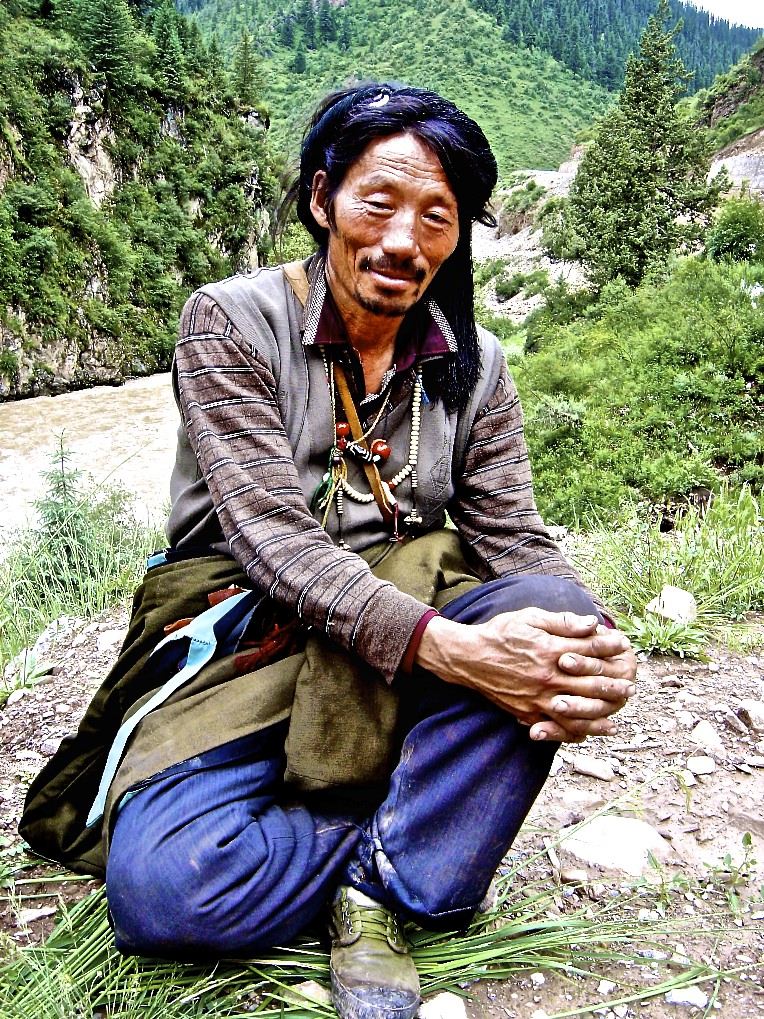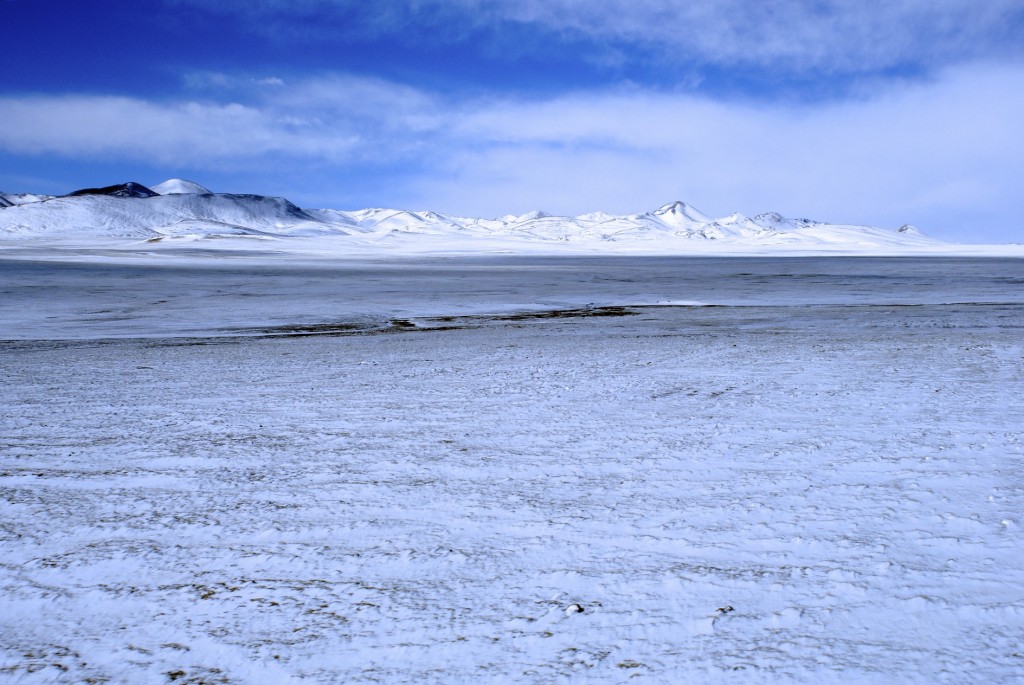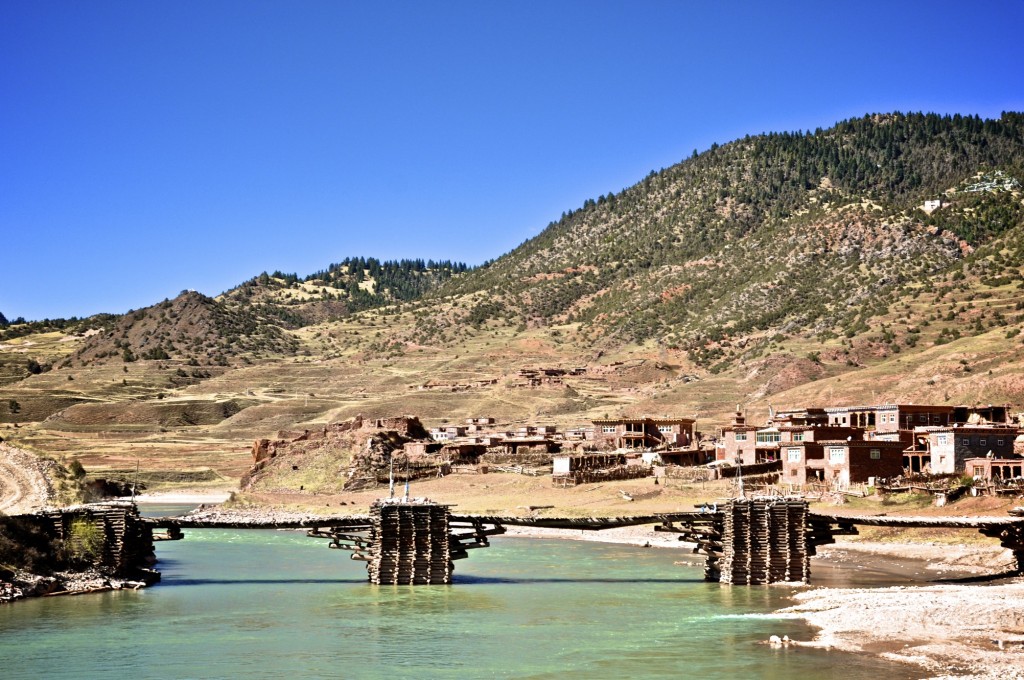
The TAR part of Kham region is found in Chamdo prefecture ཆབ་མདོ་ས་ཁུལ་, as well as parts of Nagchu ནག་ཆུ་ས་ཁུལ་ and Nyingtri prefectures ཉིང་ཁྲི་ས་ཁུལ་. Basically Kham part of the TAR lies in the east and covers roughly 1/3 of the land mass of the TAR. Though the region is stunningly beautiful, few travelers go to this region due to the required organized tour that all foreigners must be part of. As per Tibet Travel Regulations, all foreigners wanting to go to any region of the TAR must be part of an organized tour that includes travel permits, a tour guide, a private vehicle and a driver.
Chamdo prefecture has been completely opened to all foreign travelers. Now any foreign travelers are choose to travel to tibet on a very popular overland route from Shangrila in Yunnan or Chengdu in Sichuan to Tibet.
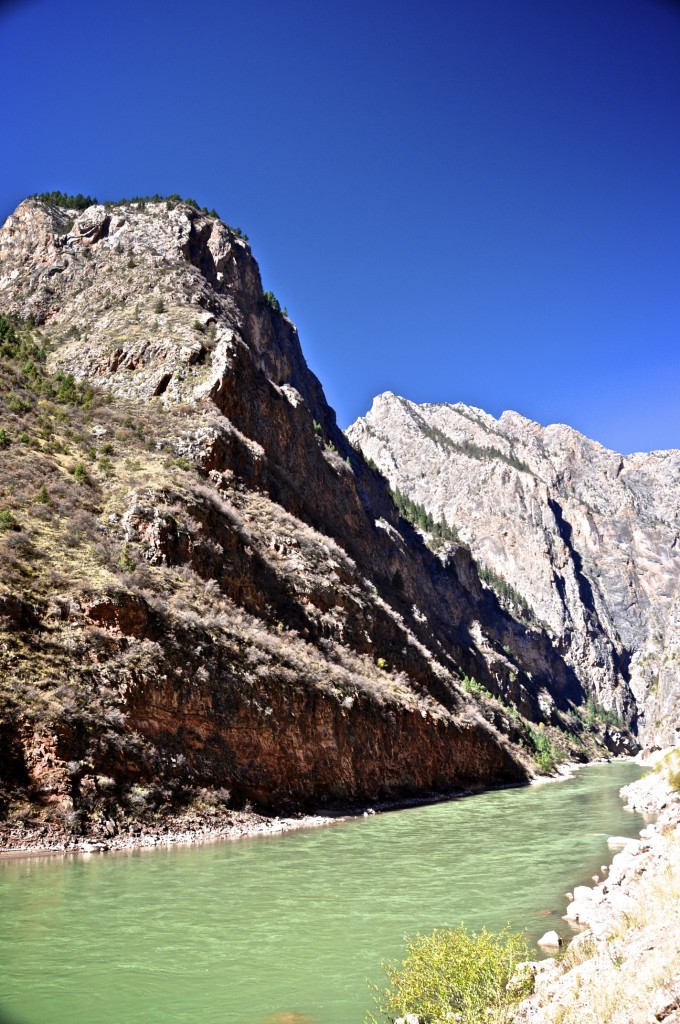
The Dzi River in Riwoche county རི་བོ་ཆེ་རྫོང་ in Chamdo prefecture ཆབ་མདོ་ས་ཁུལ་
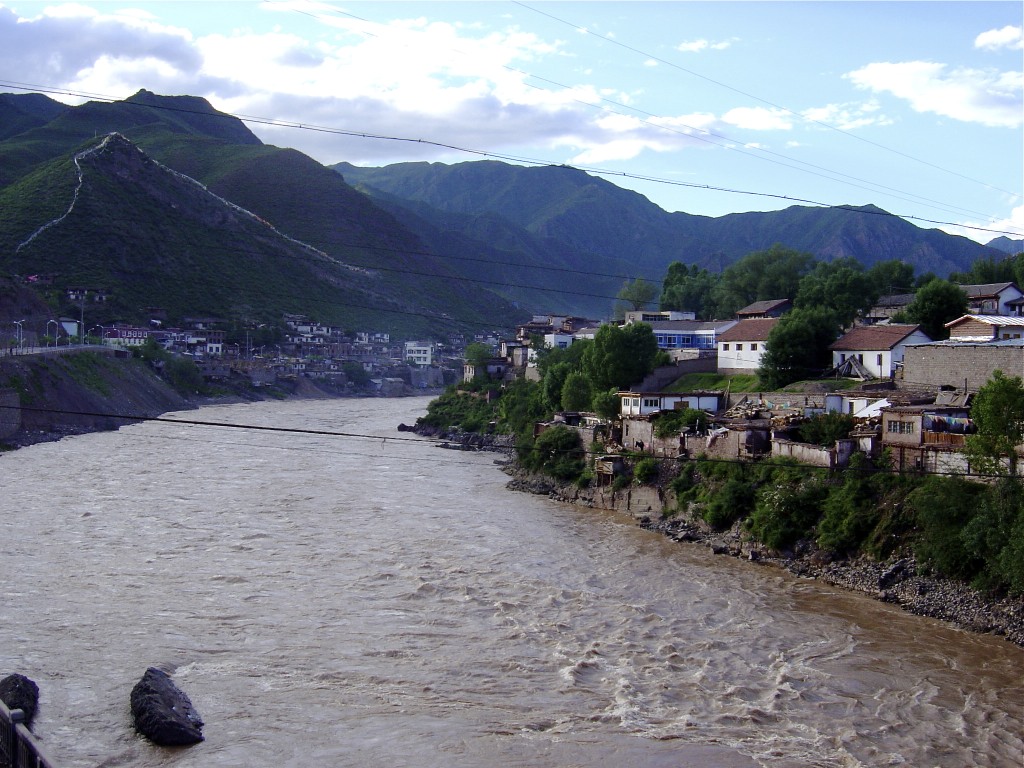
The Mekong River flowing through Chamdo town

The county town of Jomda འཇོ་མདའ་ in eastern Chamdo prefecture
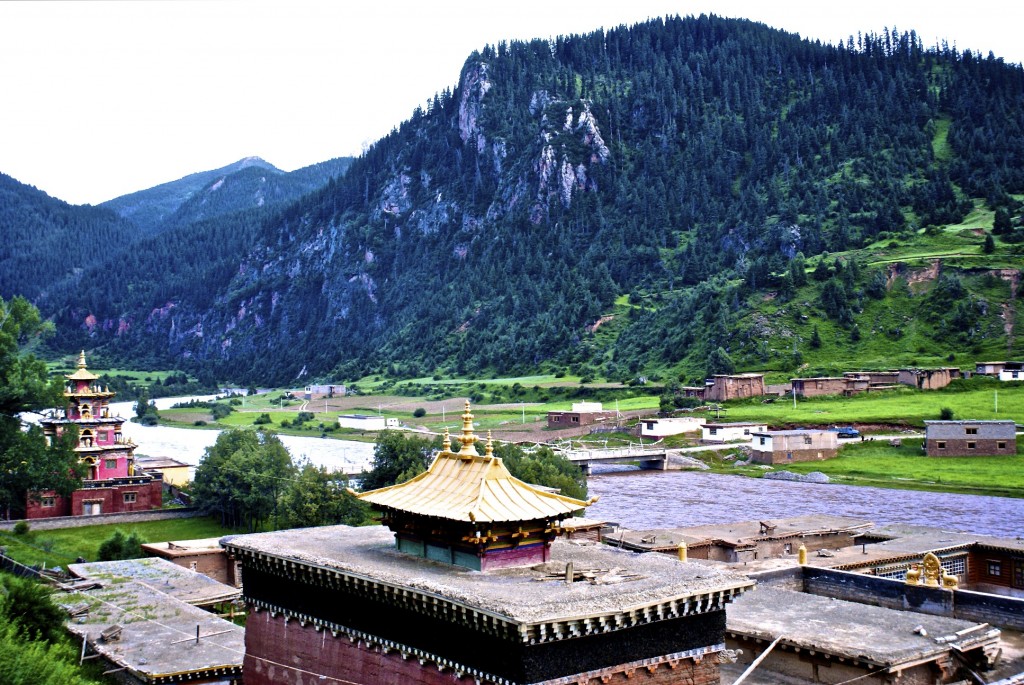
Remote monastery in Chamdo county ཆབ་མདོ་རྫོང་ (eastern TAR)
Geography of TAR part of Kham
The Kham regions of the TAR that are in Chamdo range in elevation between 3000 meters and 3700 meters above sea level. Chamdo prefecture lies along the Mekong River (as well as many tributaries such as the Dzi River) making it a very fertile farming area. Barley, wheat and potatoes are all grown in this area. The small Kham Tibetan area found in Nyingtri prefecture lies within one of the lowest elevation regions of the Tibetan Plateau. Many areas of Nyingtri lie between 2300 meters and 2800 meters. This is also a fertile farming region. The Kham areas in Nagchu prefecture are some of the highest in all of Tibet with elevations between 4000 meters and 4800 meters. This sparsely populated area consists mostly of rolling grasslands that are home to nomadic or semi-nomadic yak herders. Winters in Nagchu prefecture are long and brutally cold.
Weather across the Kham region of the TAR
The weather across the Kham region of the TAR varies greatly. Therefore, Nagchu prefecture, in the north, has long cold winters with lows often reaching -25C or colder. Yet summers are brief and can still bring snow and freezing temperatures in regions above 4200 meters. Chamdo prefecture in the far east, has milder temperatures than Nagchu, but still regularly gets to -10C or -15C during the winter. Summer months bring rain, heavy at times, but temperatures are mild ranging between 21C and 25C. The lower elevation regions of Kham in Nyingtri prefecture have the mildest climate on the Tibetan Plateau. Winter low temperatures range between 0C and -4C, though heavy snow can fall during winter. and Summer high temperatures range between 22C and 26C.
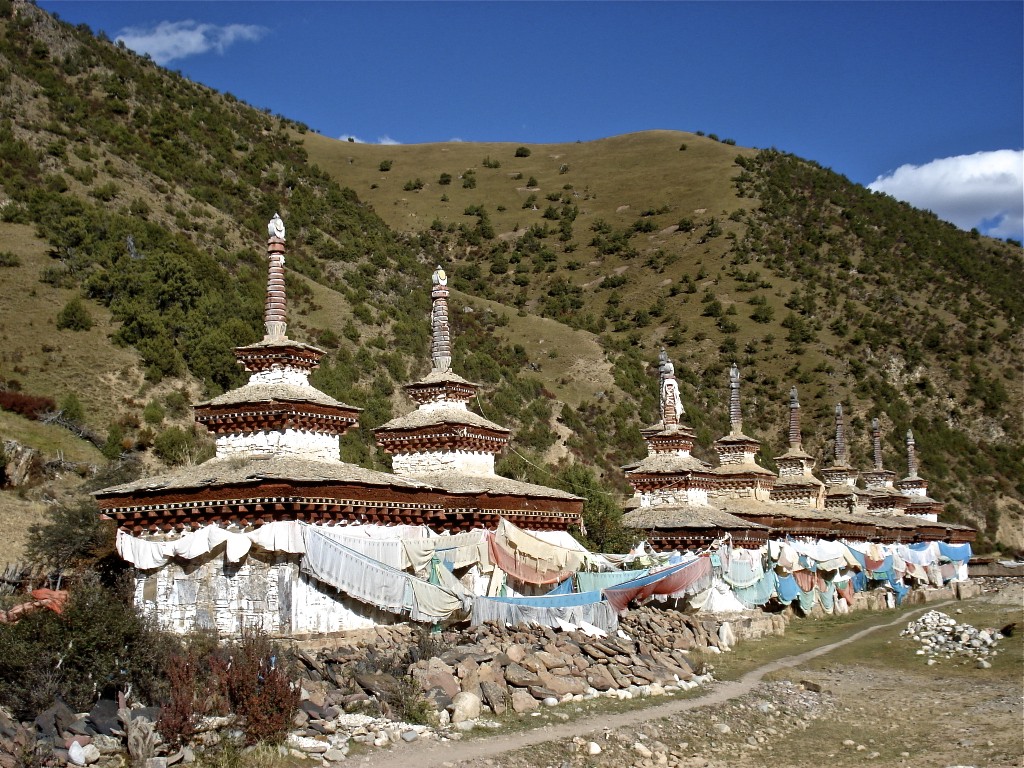
Old stupa’s in Riwoche county in Chamdo prefecture
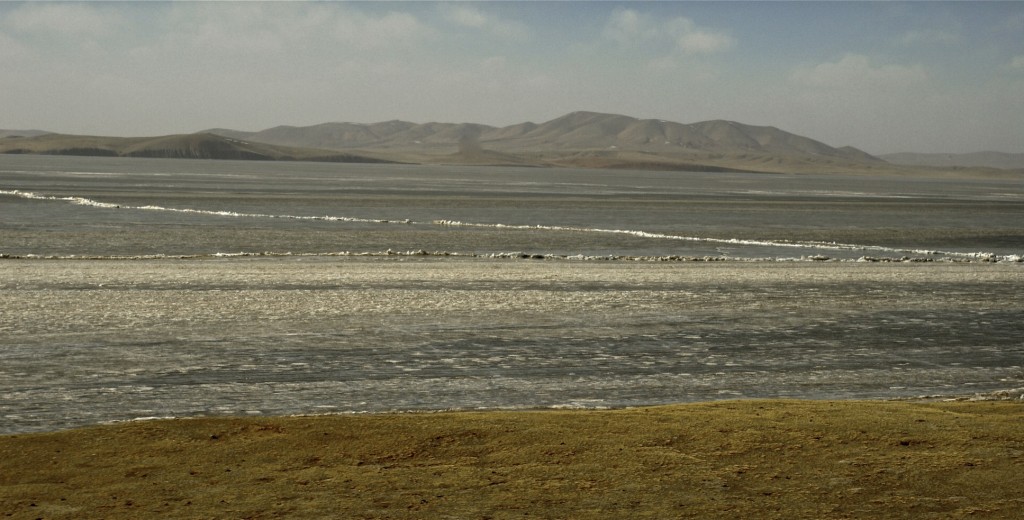
A frozen alpine lake in Amdo county ཨ་མདོ་རྫོང་ in Nagchu prefecture
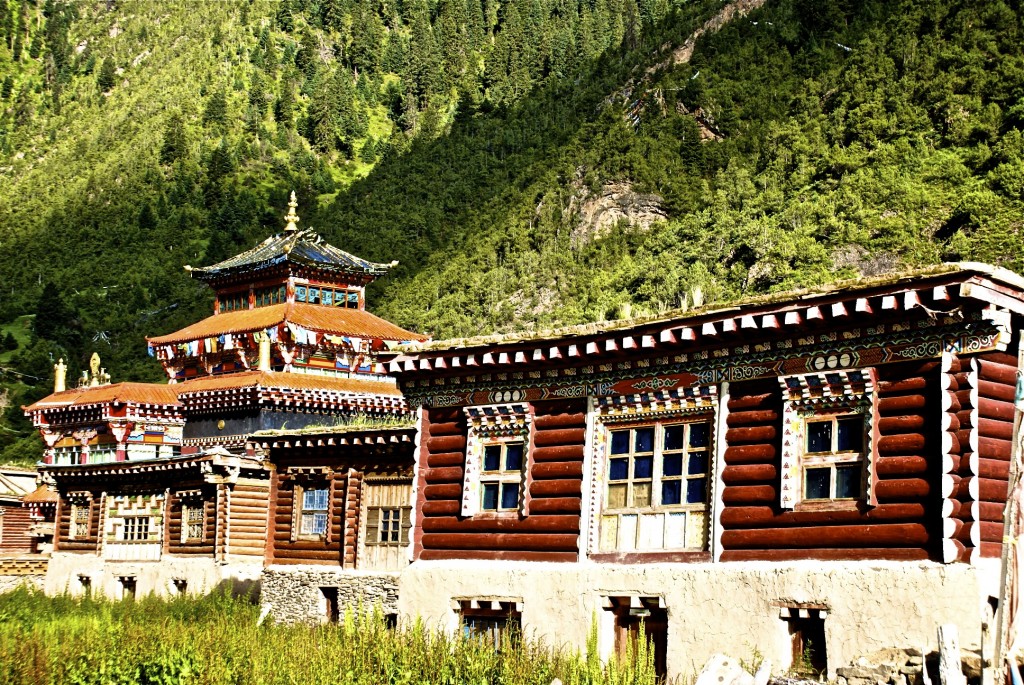
Traditional log homes in Chamdo prefecture ཆབ་མདོ་ས་ཁུལ་
Demograpghy of TAR part of Kham
The Kham Tibetan population in the TAR is approximately 835,000. Out of this total, roughly 552,000 live in Chamdo prefecture and 230,000 live in Nagchu prefecture. Many Tibetans in Nagchu prefecture refer to themselves not as Khamba ཁམས་པ་, but as Changba བྱང་པ་, however the spoken language in northern and eastern Nagchu is considered to be a dialect of Kham and is similar to the Kham dialect spoken in southern Yushu prefecture in the Qinghai part of Kham.
Another 53,000 Kham speaking Tibetans live in the eastern and southeastern counties of Nyingtri prefecture. The western counties of Nyingtri prefecture are considered Lhasa dialect speaking Tibetans.
Prefectures and Counties in the TAR part of Kham
Here are the prefectures and counties where Kham Tibetans (or Kham speaking Tibetans) are found:
Chamdo Prefecture is divided into 11 counties:
- 1. Changdu/Chamdo 昌都/ཆབ་མདོ་
- 2. Jiangda/Jomda 江达/འཇོ་མདའ་
- 3. Gongjue/Gonjo 贡觉/གོ་འཇོ་
- 4. Leiwuqi/Riwoche 类乌齐/རི་བོ་ཆེ་
- 5. Dingqing/Dengchen 丁青/སྟེང་ཆེན་
- 6. Chaya/Dragyab 察雅/བྲག་གཡབ་
- 7. Basu/Baxoi 八宿/དཔའ་ཤོད་
- 8. Zuogong/Dzogang 左贡/མཛོ་སྒང་
- 9. Mangkang/Markham 芒康/སྨར་ཁམས་
- 10. Luolong/Lhorong 洛隆/ལྷོ་རོང་
- 11. Bianba/Pelbar 边坝/དཔལ་འབར
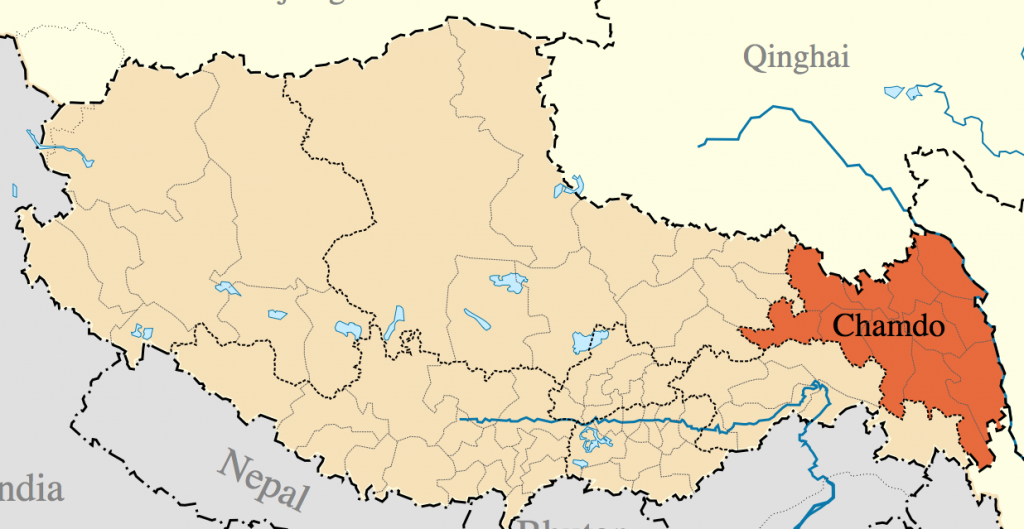
་Nagchu prefecture is divided into 10 counties and 1 special district. Kham speaking Tibetans are found in the following 7 northern and eastern counties of Nagchu prefecture:
- Naqu/Nagchu 那曲/ནག་ཆུ་]
- Jiali/Lhari 嘉黎/ལྷ་རི་
- Biru/Driru 比如/འབྲི་རུ་
- Nierong/Nyenrong 聂荣/གཉན་རོང་
- Anduo/Amdo 安多/ཨ་མདོ་
- Suo/Sog 索/སོག་
- Baqing/Bachen 巴青/སྦྲ་ཆེན་
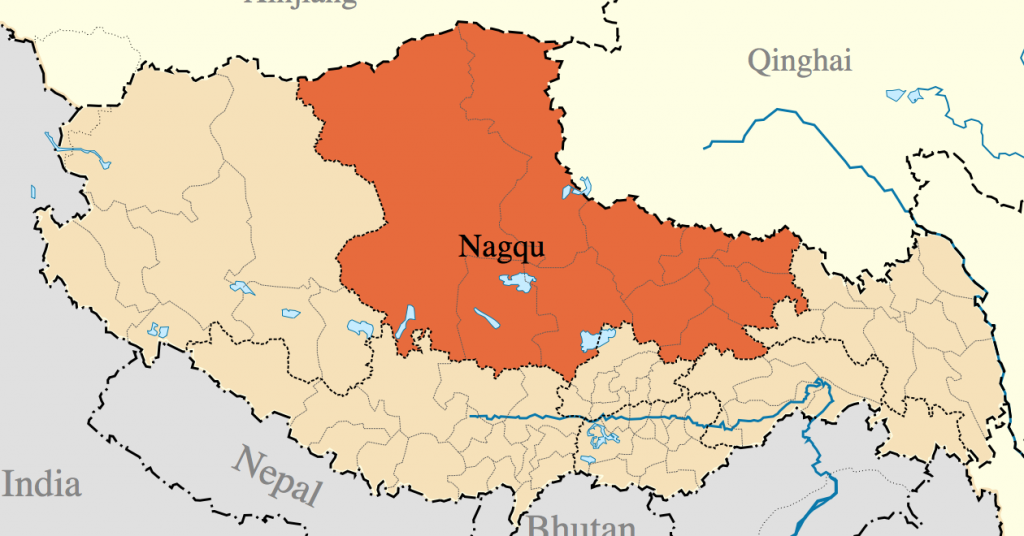
Nyingtri Prefecture is divided into 7 counties. About 1/3 of the total population of Nyingtri prefecture are Kham speaking Tibetans. Kham speaking Tibetans are found in parts of 4 of those 7 counties:
- 1. Linzhi/Nyingtri 林芝/ཉིང་ཁྲི་
- 2. Motuo/Medok 墨脱/མེ་ཏོག་
- 3. Bomi/Bome 波密/སྤོ་མེས་
- 4. Chayu/Dzayul 察隅/རྫ་ཡུལ་

Tibet Travel Regulation in the TAR part of Kham
As stated above, all regions of Kham within the TAR require a complete organized tour, thus includes Tibet travel permits, a tour guide, a private vehicle and a driver. This can only be arrange through a license travel agency. There is railway going through the eastern TAR part of Kham only until Nyingtri, though the Beijing government has plans to build a railway connecting Lhasa with Chengdu.
The Lhasa Chengdu railway would goes through Nyingtri and Chamdo prefectures. Though railway likely won’t be completed until at least 2030. Yet this existing railway goes through Nyingtri prefecture in the northern TAR.
Additionally Qinghai Tibet Railway goes thourgh Nagchu prefecture. All of the trains from Mainland China to Lhasa stop in Nagchu and some of the trains also stop in Amdo county.
Routes reaching the TAR part of Kham
There are 2 main routes for reaching the TAR part of Kham. China National Highway 318 (also known as the Southern Sichuan-Tibet Highway) runs east from Lhasa through Nyingtri prefecture and the southeast portion of Chamdo prefecture. The other alternative is to go north from Lhasa on China National Highway 109 (also known as the Qinghai-Tibet Highway) to Nagchu town.
From Nagchu you then head east on China National Highway 317 (also known as the Northern Sichuan-Tibet Highway) through the eastern portion of Nagchu prefecture and through northeast Chamdo prefecture.
Obviously, since the Chamdo prefecture is open for foreign travelers since March 2023. You can now travel on these epic overland tour route.
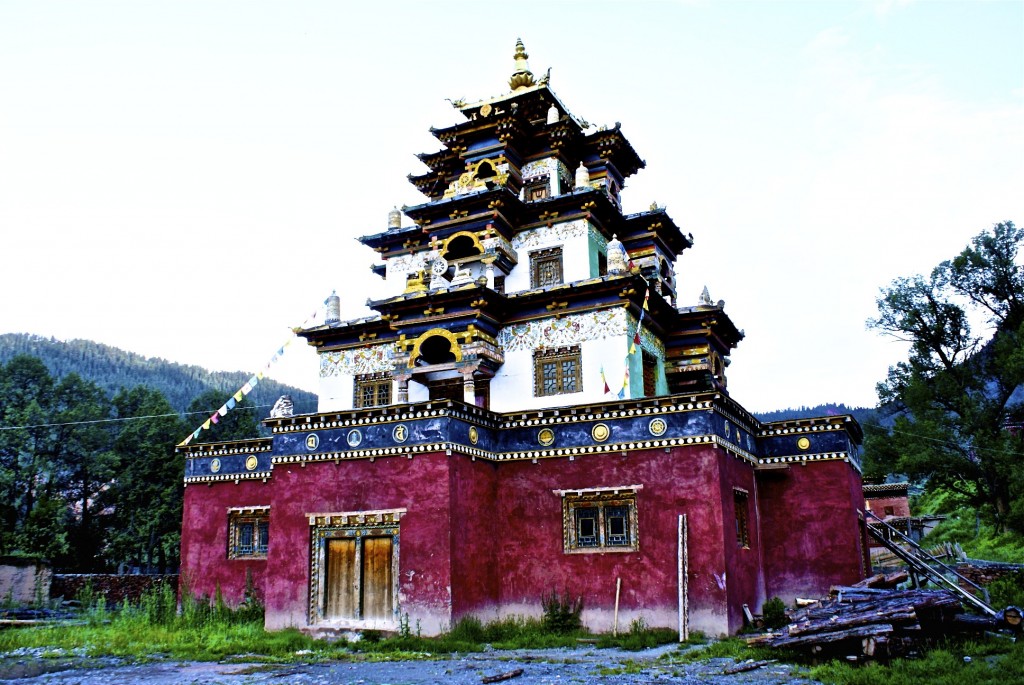
A Kagyu sect monastery in Chamdo county ཆབ་མདོ་རྫོང་ (eastern TAR)
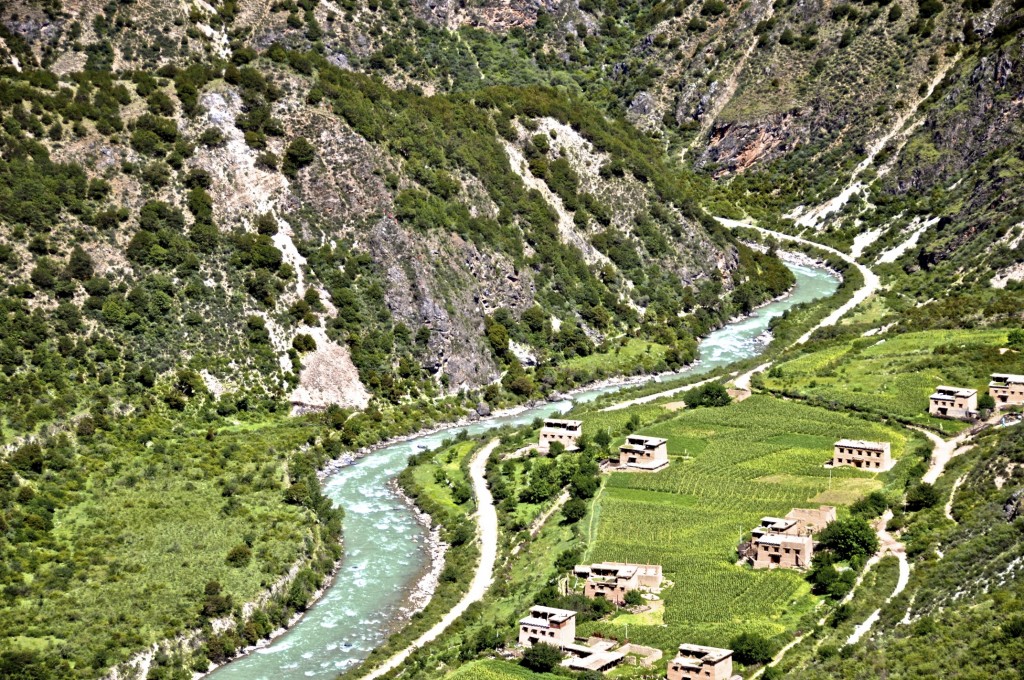
A small village in Markham county སྨར་ཁམས་རྫོང་ in Chamdo prefecture
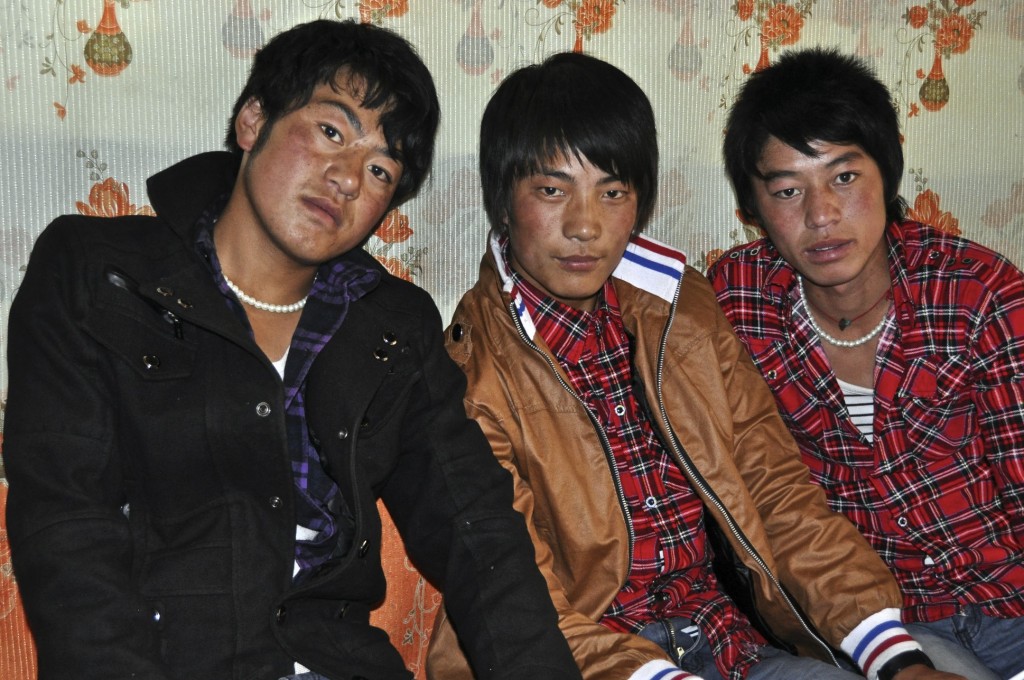
Young modern Tibetan men from Gonjo county གོ་འཇོ་རྫོང་ in Chamdo prefecture
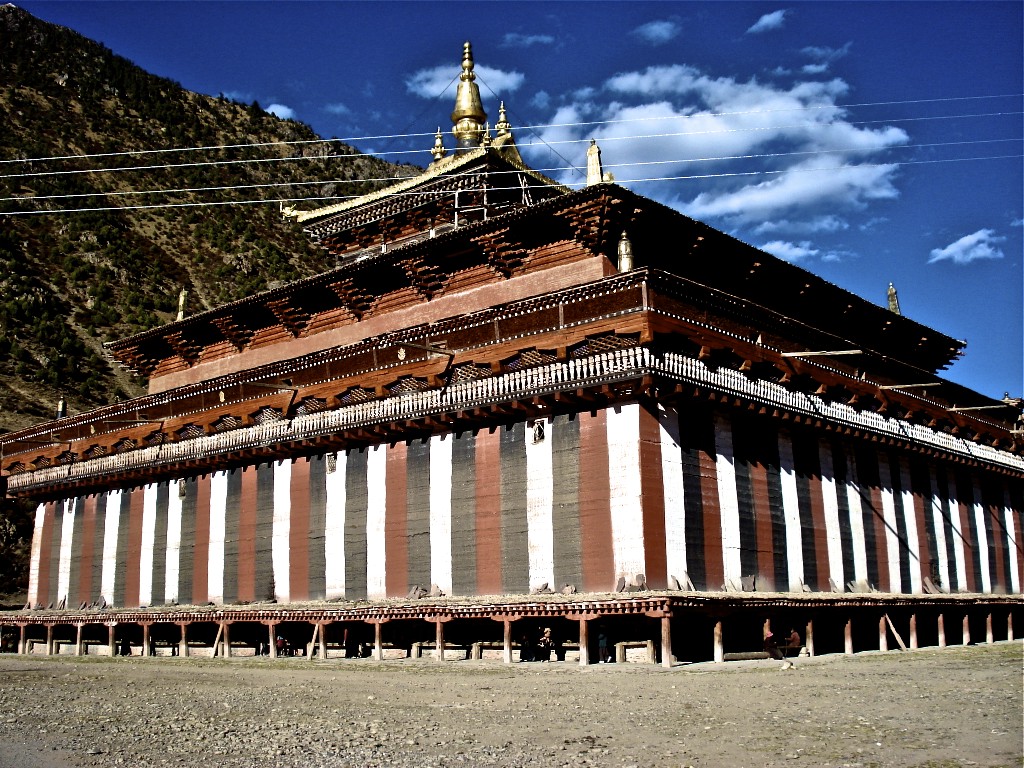
The massive Tsuklhakang Temple in rural Riwoche county རི་བོ་ཆེ་རྫོང་ in Chamdo prefecture
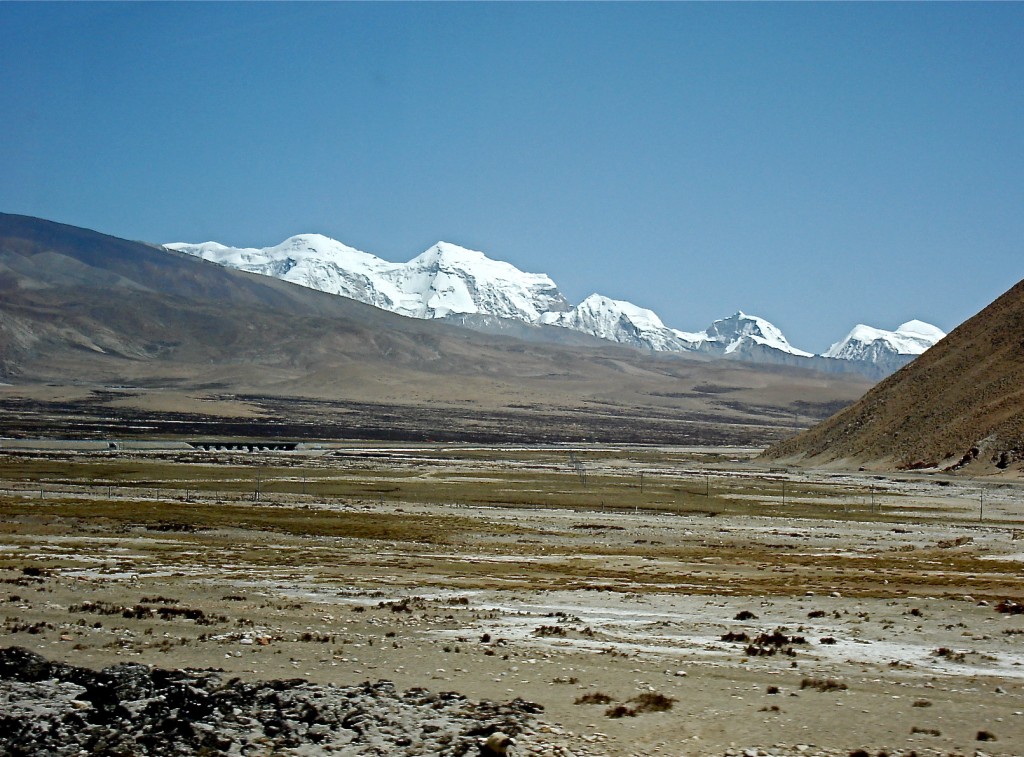
Snow-capped peaks in Nagchu county ནག་ཆུ་རྫོང་ (northern TAR)
Airport in the TAR part of Kham
The main airport in the TAR part of Kham is in Chamdo county. Becase the Chamdo Bangda airport lies at an elevation of 4334 meters, It is currently the highest commercial airport in the world. Since Chamdo is located in area with no big space, this airport is located a little over 2 hours from the town of Chamdo. But there are weekly flights from Chengdu and Lhasa to Chamdo.
An airport in Nagchu prefecture is plan to be open in 2014. When this airport opens, it will be the highest in the world at 4436 meters. There is also an airport in Nyingtri prefecture. Only around 1/3 of the population of Nyingtri are consider to be Kham speaking Tibetans.
Traveling via Nyenchen Tangla Mountain
Even though the travel restrictions on the TAR part of Kham make traveling to this region costly, yet it is well worth it. The snow-capped Nyenchen Tangla Mountains གཉན་ཆེན་ཐང་ལྷ་ rise across this part of Kham with countless peaks rising above 5500 meters.
Following the Mekong, Yangtze and Salween rivers cut amazing gorges and canyons through the evergreen forests of Chamdo and Nyingtri prefectures. But very few foreign travelers go through this region, which is rich in traditional Tibetan culture. The only large town in this area is Chamdo. Most of the other county towns are small and there are plenty of small farming villages to explore. Yet, Nagchu prefecture is largely nomadic and semi-nomadic so this region will allow you to see plenty of yak herders living in either yak wool tents or small mud-brick homes.
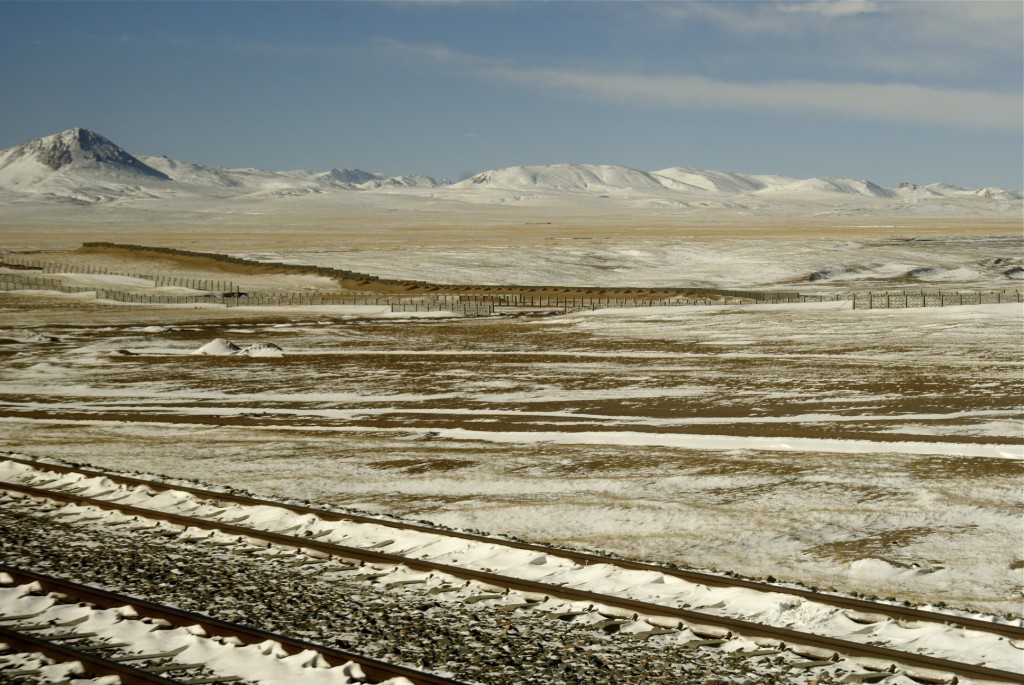
The railway to Lhasa crossing through frozen Nagchu prefecture
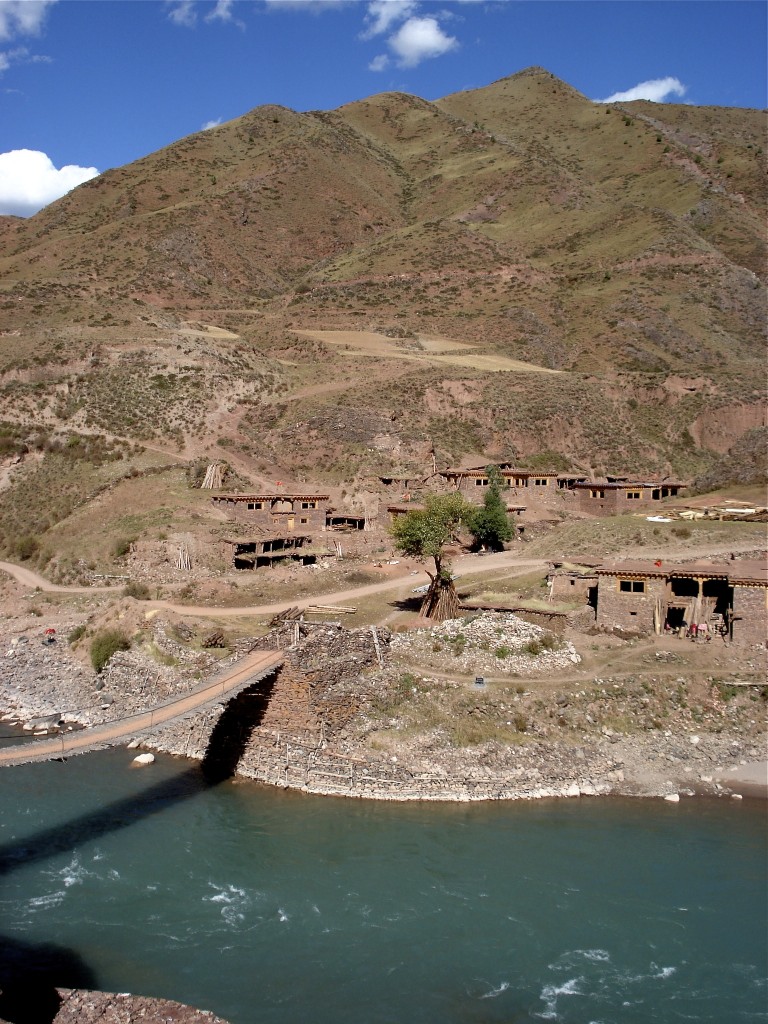
Village along the Dzi River in Riwoche county རི་བོ་ཆེ་རྫོང་
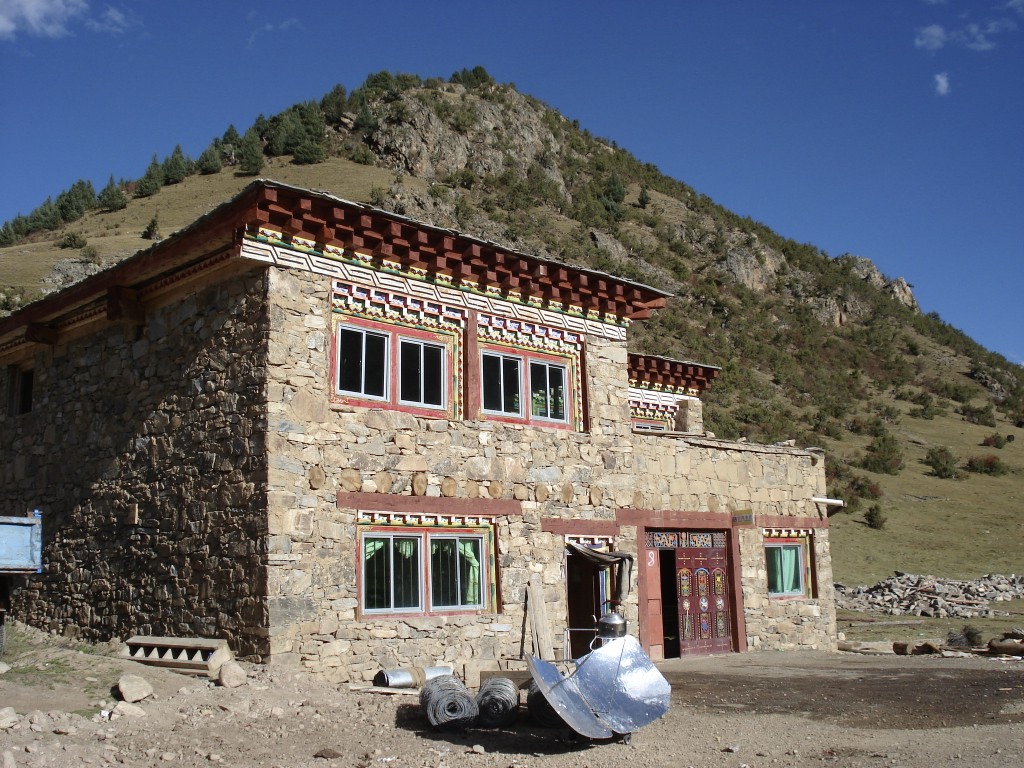
A stone home in Chamdo prefecture
A Khamba from Chamdo on his way to Lhasa
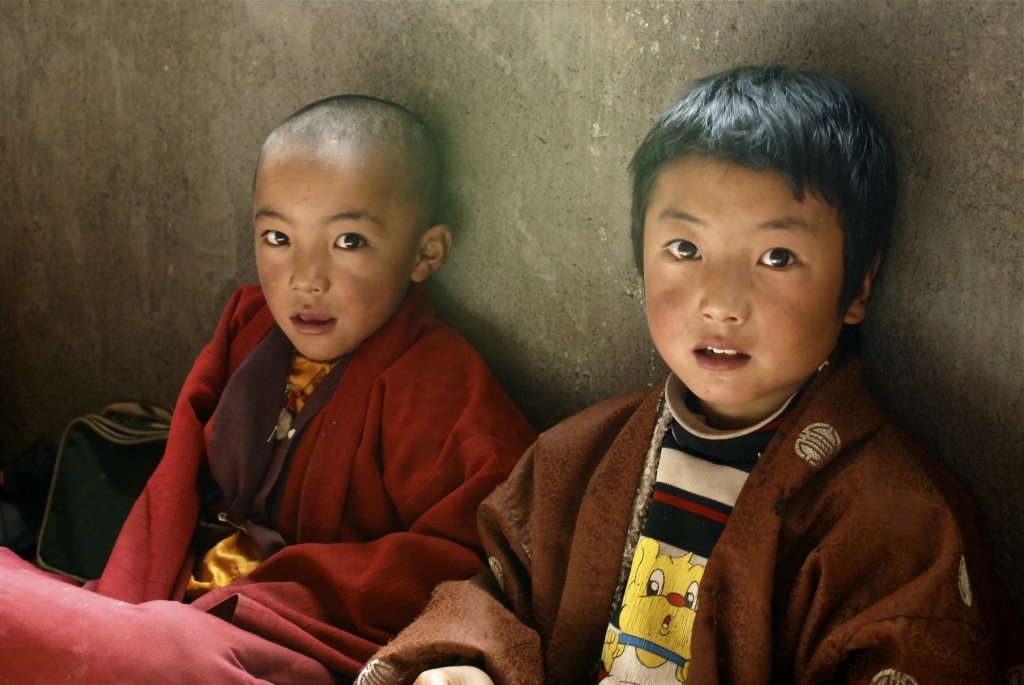
Young monks from Chamdo
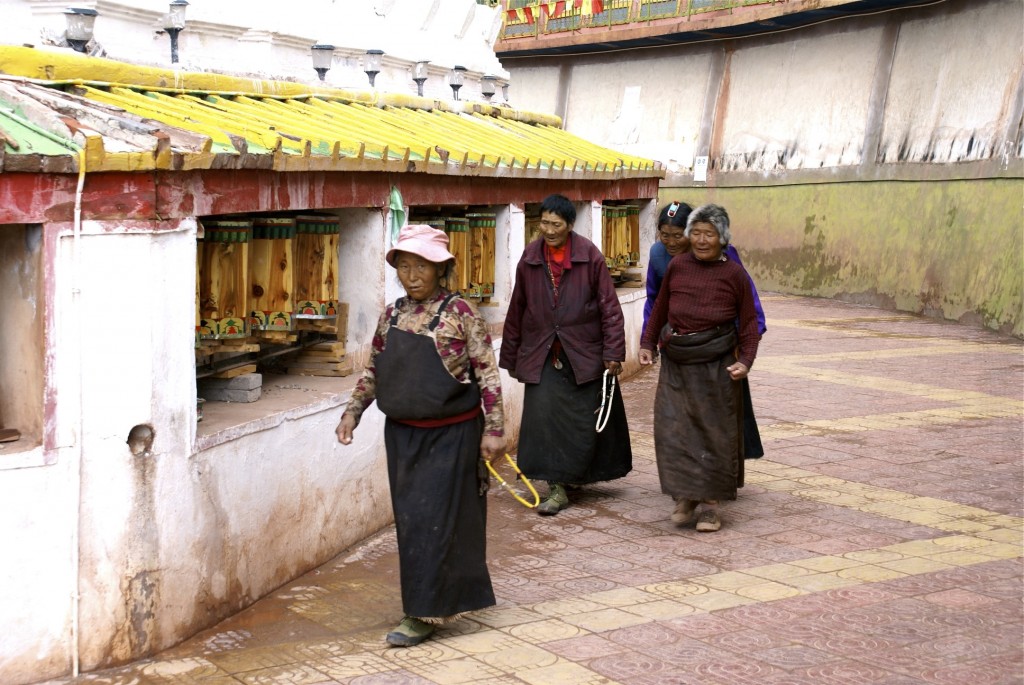
Kham women walking around a monastery
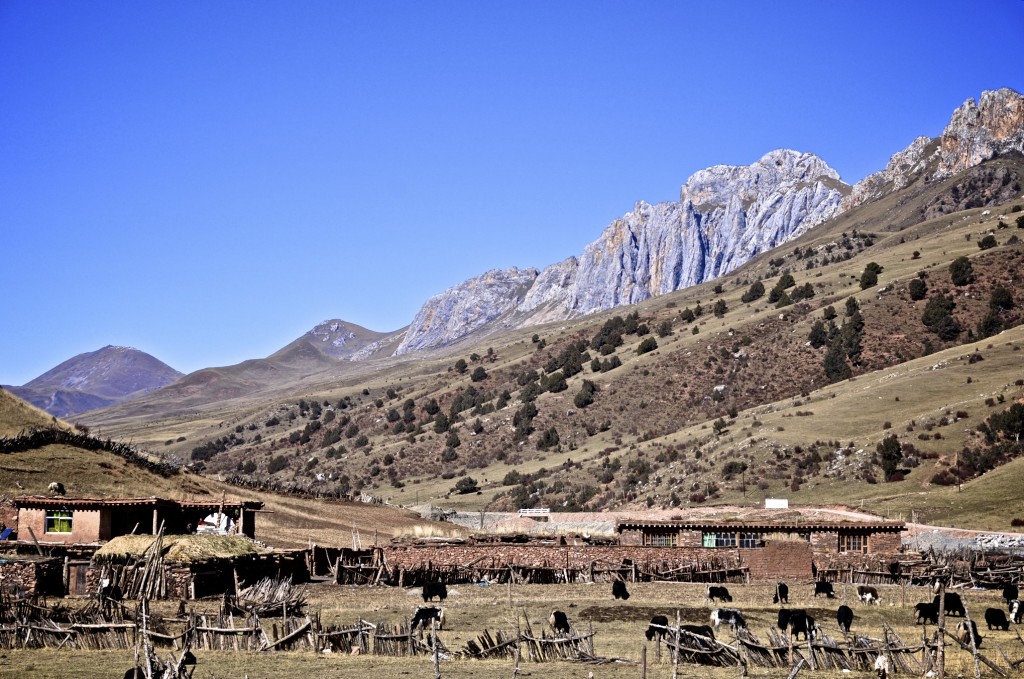
The eastern Tibet Autonomous Region
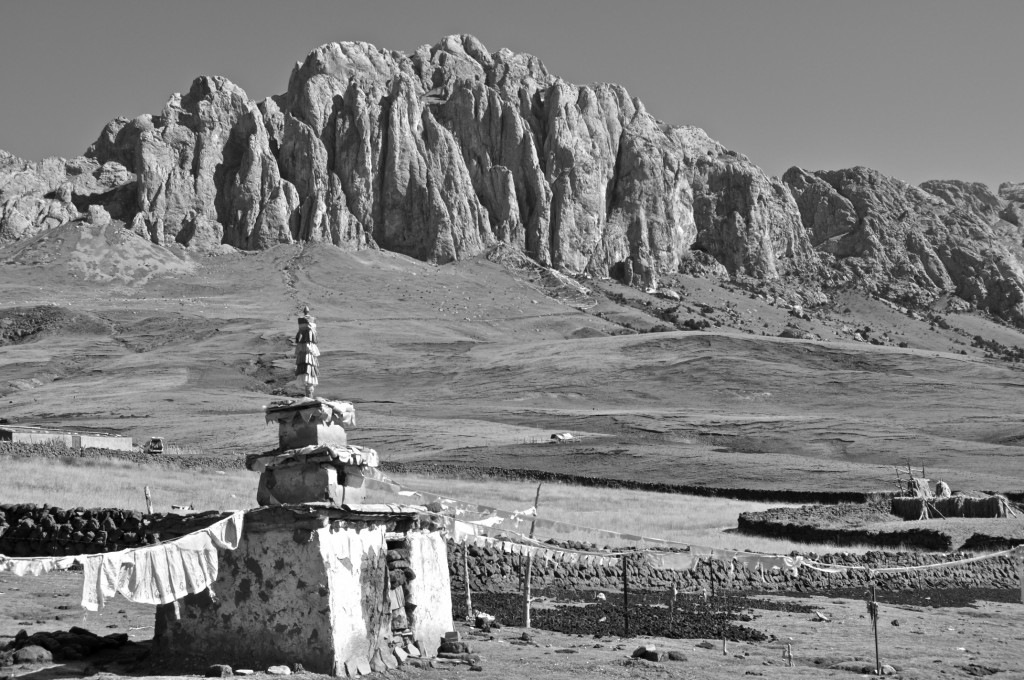
Remote stupa in Kham
If you have any questions regarding the Kham part of the TAR, Contact us via info@thelandofsnows.com.
Losang བློ་བཟང་

